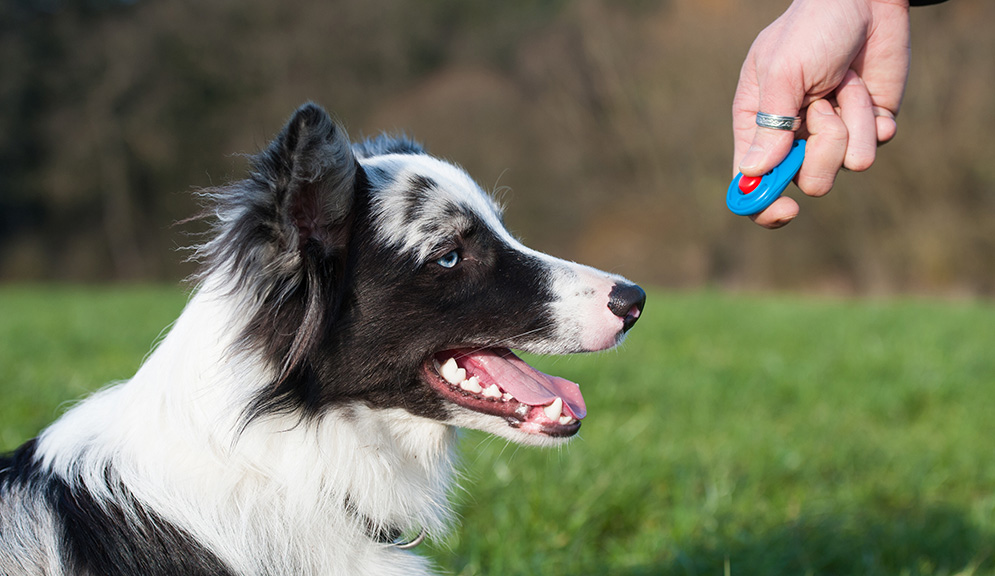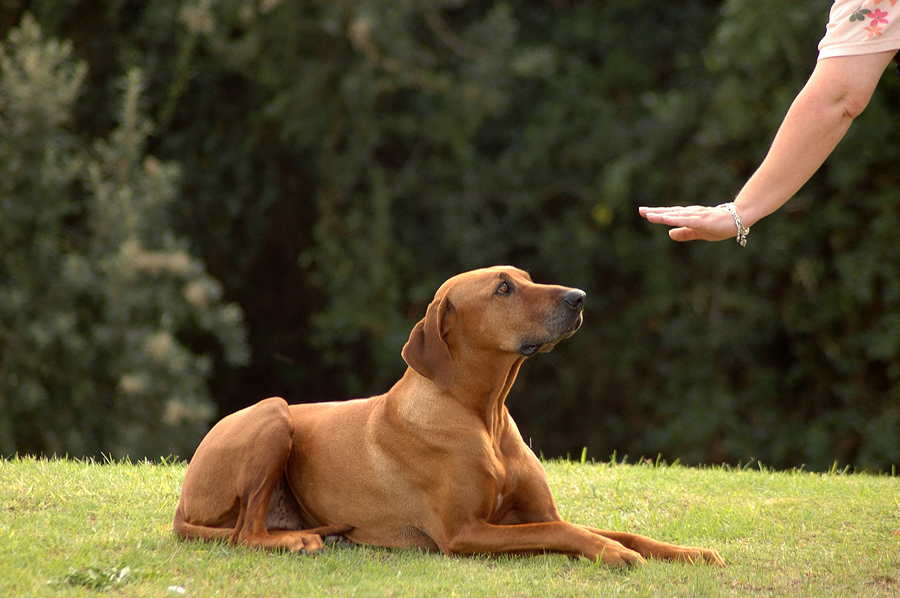Newbie's Overview to Effective Canine Training in your home
Successfully educating a pet dog in your home requires a nuanced understanding of canine actions and reliable communication approaches. Establishing clear training objectives, using high-grade incentives, and preserving consistency across household members are critical aspects. Incorporating training right into day-to-day regimens can boost both engagement and retention. Lots of novice instructors come across challenges that might impede progression. To browse these intricacies effectively, it's crucial to check out several vital aspects that can transform your method and result in an unified relationship with your pet. What basic concepts should every novice grip to make certain success?
Comprehending Dog Actions
Recognizing pet dog actions is important for effective training and fostering an unified connection between humans and their canine buddies. Canines communicate primarily via body movement, articulations, and face expressions, making it crucial for owners to analyze these signals precisely. Identifying actions such as tail wagging, roaring, or trembling can offer insights right into a pet dog's psychological state and intentions.

Typical behavior concerns, such as aggression, stress and anxiety, or too much barking, often come from misunderstandings or unmet requirements. Observing and addressing these issues immediately can prevent escalation and make sure a positive training experience. By fostering a deep understanding of canine behavior, owners can tailor their training approaches to fit their canine companions, eventually bring about a contented and well-behaved pet dog.
Essential Training Tools
A well-appointed training room can significantly boost the performance of dog training at home. Important training tools make sure that both the fitness instructor and the pet can involve in efficient sessions that promote understanding and bonding.

Purchasing a sturdy chain and a comfortable, well-fitting collar or harness is vital for safety and control. These devices help develop limits and ensure the pet stays secure throughout training. Furthermore, a marked training area, cost-free from disturbances, aids concentration for both the fitness instructor and the dog.
Educating help such as training pads, cones, or agility tools can also boost the experience by introducing selection and difficulties. Having a note pad or digital application for tracking progress can be vital, allowing you to keep in mind successes and locations for improvement. Utilizing these crucial tools will certainly develop a positive training environment and lay the foundation for reliable learning.
Creating a Training Regimen
Developing a consistent training routine is vital for reliable dog training in your home. A well-structured regular not just helps in reinforcing desired actions however likewise provides your canine with a complacency and predictability. To create a reliable great site training routine, start by identifying details training goals, such as fundamental commands, chain walking, or house-training.
Select a marked time each day for training sessions, preferably when your canine is responsive and alert. Sessions should be short, approximately 5 to 15 minutes, to keep emphasis and prevent exhaustion. Consistency in timing and atmosphere will certainly improve your pet dog's understanding experience.
Include training right into everyday activities to strengthen skills. Technique commands throughout walks or mealtime, which integrates learning right into all-natural routines. Furthermore, remain versatile and adjust the regular as essential, suiting your canine's energy degrees and state of mind.
Positive Support Strategies
Positive reinforcement strategies are essential to effective dog training, advertising preferred behaviors with benefits rather than penalty. This technique utilizes favorable stimuli, such as deals with, praise, or play, to encourage canines to repeat particular actions. The foundation of this technique is timing; rewards ought to be given right away complying with the preferred habits to create a clear association.
When implementing favorable reinforcement, it is vital to choose incentives that are motivating for your pet. High-value treats, such as little items of poultry or cheese, can be specifically efficient throughout training sessions. Additionally, varying the rewards can maintain your dog's passion and interest.
Begin with simple commands, like "sit" or "remain," and gradually about his development to more intricate jobs. Consistency is crucial; guarantee that all relative make use of the exact same commands and benefit systems to stay clear of confusion.
Additionally, it is crucial to remain individual and avoid stress. Dogs, like people, discover at their very own rate. By cultivating an encouraging training environment with favorable reinforcement, you can improve your pet's discovering experience while strengthening the bond between you and your hairy friend, laying the groundwork for successful training results.
Usual Training Challenges
While educating a dog at home can be a satisfying experience, it usually comes with a set of common challenges that can evaluate both persistence and uniformity. One common concern is distraction. Dogs may become easily sidetracked by sounds, motions, or perhaps aromas in their setting, making it hard to keep their emphasis throughout training sessions.
An additional difficulty is variance in commands and support. If member of the family make use of various signs or rewards, it can confuse the canine and hinder progress. Establishing a unified method is vital for efficient communication.
Additionally, dogs can experience disappointment or stress, specifically if they do not understand what is anticipated of them. This can bring about undesirable behaviors, such as barking or chewing.
Lastly, the timing of support is critical (Dog training). Delayed rewards can decrease the effectiveness of favorable reinforcement, as canines may their explanation stop working to connect the actions with the incentive
Getting over these obstacles calls for commitment, clear interaction, and a structured training strategy. Acknowledging and addressing these usual challenges will lead the means for a much more effective and delightful training experience at home.
Verdict
In final thought, effective pet dog training at home demands a comprehensive understanding of canine behavior and effective communication methods. By developing clear training objectives and using high-grade deals with along with favorable support, the training process ends up being a lot more satisfying for both the instructor and the pet.
Developing a constant training regimen is necessary for efficient canine training at home.Positive reinforcement strategies are essential to efficient canine training, promoting desired actions with benefits rather than penalty (Dog training). By promoting a helpful training environment through positive reinforcement, you can boost your dog's understanding experience while reinforcing the bond in between you and your hairy buddy, laying the groundwork for effective training end results
In final thought, successful pet dog training at home requires a detailed understanding of canine actions and effective interaction methods. By developing clear training goals and using high-grade treats together with favorable support, the training process becomes much more satisfying for both the canine and the fitness instructor.